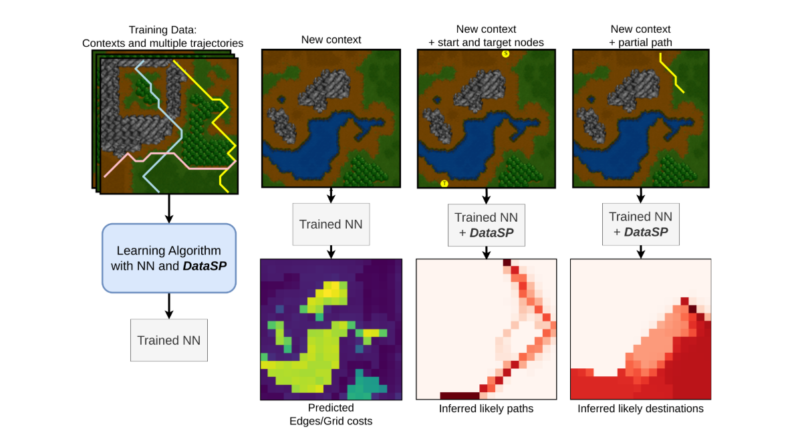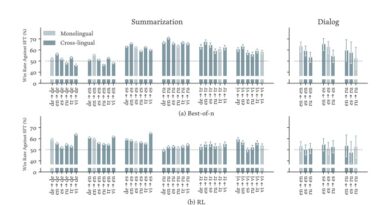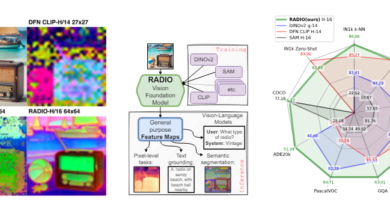Introducing DataSP: Enhancing Traffic Management with Machine Learning and the Floyd-Warshall Algorithm
In the field of traffic management and urban planning, understanding the optimal routes that individuals take and the factors that influence their decision-making processes is crucial. These factors, which include trip duration, comfort, toll prices, and distance, contribute to what is known as latent costs. Latent costs are the underlying costs that individuals consider when navigating from one point to another. By uncovering and learning these latent costs, we can gain valuable insights into decision-making mechanisms and improve traffic flow management.
The Limitations of Traditional Methods
Inverse reinforcement learning (IRL) has been widely used to learn the costs associated with different routes or transitions from observed trajectories. Traditional approaches to IRL often simplify the learning process by assuming a linear latent cost model. However, this linear model may not capture the complexities of real-world scenarios. Real-world decision-making processes are often influenced by non-linear factors, such as traffic patterns, road conditions, and personal preferences.
To address these limitations, recent advancements have integrated neural networks with combinatorial solvers to learn from contextual features and combinatorial solutions. These methods offer the potential for more accurate modeling of latent costs. However, they often encounter scalability challenges, especially when dealing with a large number of trajectories.
Introducing DataSP: A Novel Approach

In a recent study, researchers proposed a novel method called DataSP. This method aims to learn latent costs from observed trajectories by encoding them into the frequencies of observed shortcuts. The approach leverages the Floyd-Warshall algorithm, a well-known algorithm for solving all-to-all shortest path problems based on shortcuts. By differentiating through the Floyd-Warshall algorithm, the proposed method enables the learning process to capture significant information about latent costs within the graph structure in a single step.
One of the key challenges in differentiating through the Floyd-Warshall algorithm is that gradients computed from path solutions are often non-informative due to their combinatorial nature. Additionally, the exact solutions provided by the Floyd-Warshall algorithm may not always align with the assumption of optimal demonstrations observed in human behavior. To address these challenges, the researchers introduced DataSP, a differentiable all-to-all shortest path algorithm that serves as a probabilistic and differentiable adaptation of the Floyd-Warshall algorithm.
The Advantages of DataSP
DataSP overcomes the limitations of traditional methods by incorporating smooth approximations for essential operators, enabling informative backpropagation through shortest-path computation. By bridging neural network architectures with DataSP, researchers can delve into non-linear representations of latent edge costs based on contextual features. This allows for a more comprehensive understanding of decision-making processes in traffic management and urban planning.
One of the significant advantages of DataSP is its scalability. Traditional methods that integrate neural networks with combinatorial solvers often struggle with scalability when dealing with a large number of trajectories. In contrast, DataSP’s approach of encoding latent costs into shortcut frequencies allows for efficient computation and learning, even with a high volume of trajectories.
Another advantage of DataSP is its ability to provide more accurate predictions. By differentiating through the Floyd-Warshall algorithm, DataSP captures valuable information about latent costs within the graph structure. This information can be used to predict likely trajectories and infer probable destinations or future nodes. The integration of DataSP with neural network architectures allows for the modeling of non-linear relationships between contextual features and latent costs, resulting in more accurate predictions and insights into decision-making processes.
Applications of DataSP
The proposed methodology of DataSP has several potential applications in traffic management and urban planning. By learning latent costs from observed trajectories, DataSP can be used to optimize traffic flow management systems. By predicting likely trajectories and inferring probable destinations or future nodes, DataSP can contribute to effective congestion management and real-time navigational guidance.
Additionally, it can aid in the design and evaluation of urban infrastructure. By understanding the factors that influence decision-making processes, urban planners can design road networks and transportation systems that meet the needs and preferences of individuals.
Conclusion
DataSP is a novel differentiable all-to-all shortest path machine learning algorithm that facilitates learning latent costs from trajectories. By leveraging the Floyd-Warshall algorithm and incorporating smooth approximations, This algorithm overcomes the limitations of traditional methods and offers scalability and accuracy in predicting likely trajectories and inferring probable destinations. With its potential applications in traffic management and urban planning, DataSP opens up new possibilities for optimizing traffic flow and improving decision-making processes.
Check out the Paper. All credit for this research goes to the researchers of this project. Also, don’t forget to follow us on LinkedIn. Do join our active AI community on Discord.
Explore 3600+ latest AI tools at AI Toolhouse 🚀.
If you like our work, you will love our Newsletter 📰




